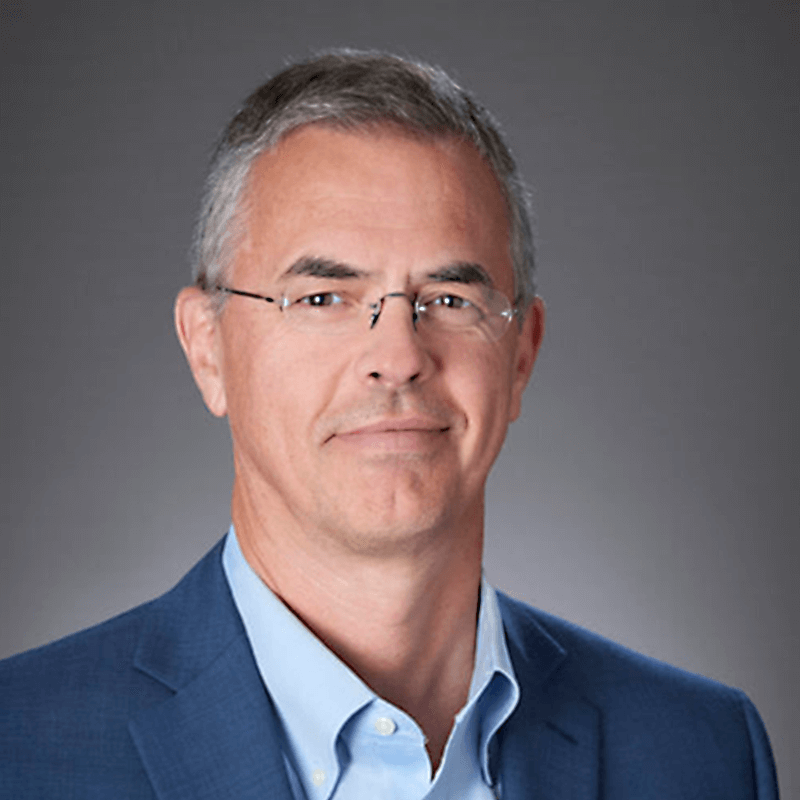Q4 2023 SaaS Valuation and Investment Trends Report
Stay up to date
Stay up to date
About Kareo
Kareo is the only cloud-based medical technology platform built to meet the unique needs of independent practices.
Peter
Use of EHRs (electronic health records) has skyrocketed since the 2009 enactment of the American Recovery and Reinvestment Act. That stimulus package included the Health Information Technology for Economic and Clinical Health (HITECH) Act, a $26 billion program to incentivize doctors and hospitals to adopt EHR technology. Is it too late for a provider to penetrate the
market?
Gregg
The HITECH Act drove rapid adoption of EHRs by physicians. It stimulated the creation of hundreds of EHR suppliers, including some with poor quality products. So while most physicians now have an EHR system, satisfaction is low. Common complaints include complex design, workflow inefficiencies, cost, poor technology support and lack of reliability.
What medical practices need today is EHR software that improves operations and care delivery, from a supplier committed to product improvement and quality support. The next wave of EHR adoption is already underway, driven by physicians who are replacing inferior products adopted under HITECH Act incentives with ones that successfully meet long-term needs. By size, the opportunity is more substantial than the first wave of adoption given that the viable set of suppliers is likely dozens of firms, rather than hundreds, and will provide much higher market share opportunities.
Peter
With so many new players in the field of healthcare IT, how do you differentiate
yourself?
Gregg
Kareo is focused on smaller independent medical groups, typically less than ten providers. Most healthcare IT suppliers target large groups, such as hospitals and health systems, leaving independent medical practices with products better suited to large organizations. This is analogous to a small business running an Oracle financial system versus Intuit QuickBooks, and contributes to high dissatisfaction.
With a targeted focus, Kareo has intentionally built a single cloud-based platform that delivers key functions to run a practice. Functions include care delivery, medical billing, patient engagement and marketing. Kareo is focused on a right-fit value proposition, with business practices that reflect a smaller practice’s unique needs. These practices include simple and high-value pricing, free onboarding and support and product enhancements with no additional cost of change management.
Peter
How is uncertainty over healthcare reform in Washington affecting your industry?
Gregg
Independent medical practices operate amid constant regulatory uncertainty and flux. In the last few years alone, questions loomed over mandates such as the meaningful use program, the ICD-10 transition, MACRA/MIPS, ACA and its replacement. This uncertainty is offset by an environment in which demand is outpacing supply and practice models favorable to physicians are emerging. Physicians also recognize that technology is key to managing regulation requirements.
Peter
Can you comment on private equity interest in the healthcare IT sector? For a PE
investor (or from an investor’s perspective), where are the opportunities in healthcare IT?
Gregg
Healthcare market dynamics, including government programs like the HITECH Act, have created an unsustainable supply-demand imbalance. The crowded market remains highly fragmented and includes both vertical and horizontal players. The long-term viability of many of these firms is yet untested. A healthy supplier base ultimately will be comprised of dozens of suppliers, at most, each providing better solutions supported by sustainable businesses. Observers may disagree on whether healthcare IT sector consolidation is underway, will begin in the near term or is still years away, but smart investors will inevitably see opportunities for creating value through consolidation for companies that serve great markets and are operating efficiently.
Peter
As a VC-backed company in this space, where do you focus on investing (e.g. R&D,
infrastructure, marketing) during early years and how does that change as the company
grows?
Gregg
R&D is the investment priority in the early growth stage as a healthcare IT company builds a viable product offering. Once in the operational scale stage, investment priorities broaden to ensure a company is adequately positioned for growth. This includes ongoing R&D investment and support for G&A systems. It is much easier to expand from $0 to $50 million in revenue than from $50 million to $100 million. With the economics of recurring revenue models, a company with favorable sales efficiency metrics, such as months to breakeven, will find an excellent ROI on spending as much on sales growth as the business model can accommodate. Over time, scale advantage will emerge in most cost-of-sales and op-ex areas, with improvements from efficiencies reinvested for further growth.
Golub Growth is not responsible for the information or views communicated by representatives of other companies. This material is not indicative of the past or future performance of any Golub Growth product and should not be considered as investment advice or a recommendation by Golub Growth of any particular security, strategy or investment product. Golub Growth has distributed this material for informational purposes only.

